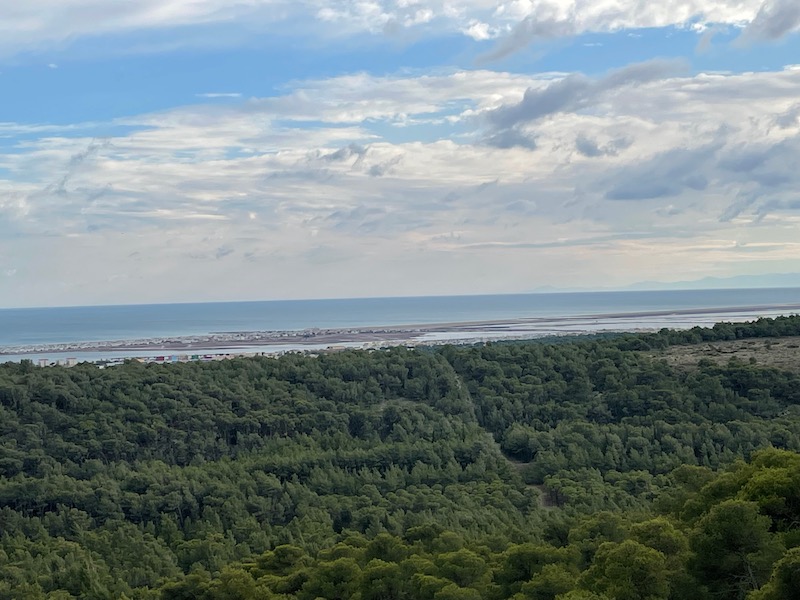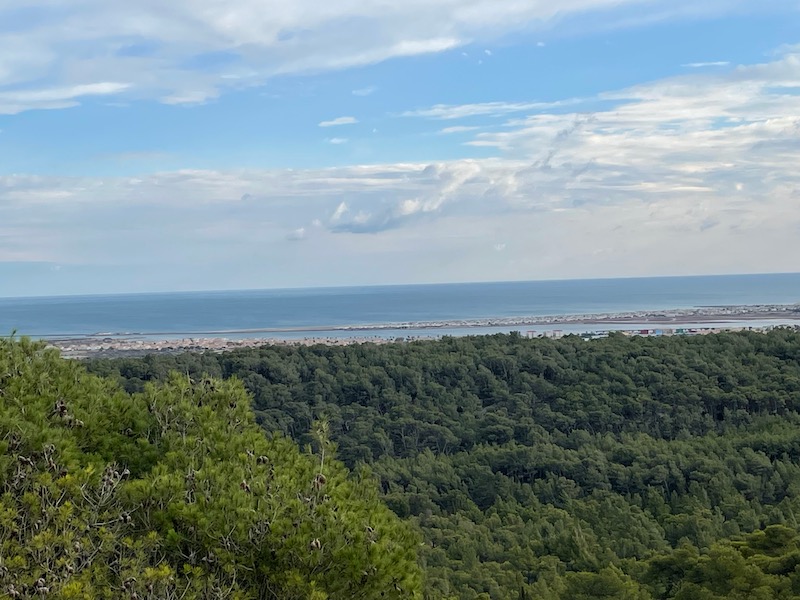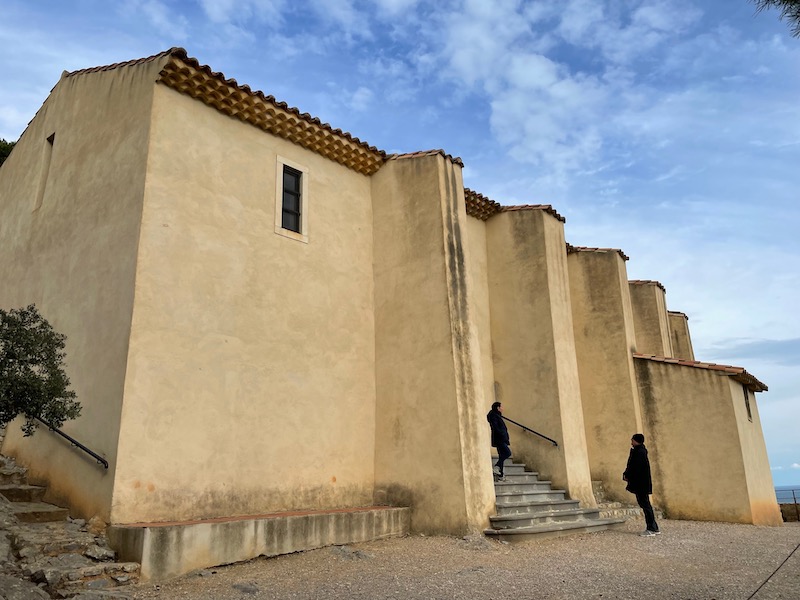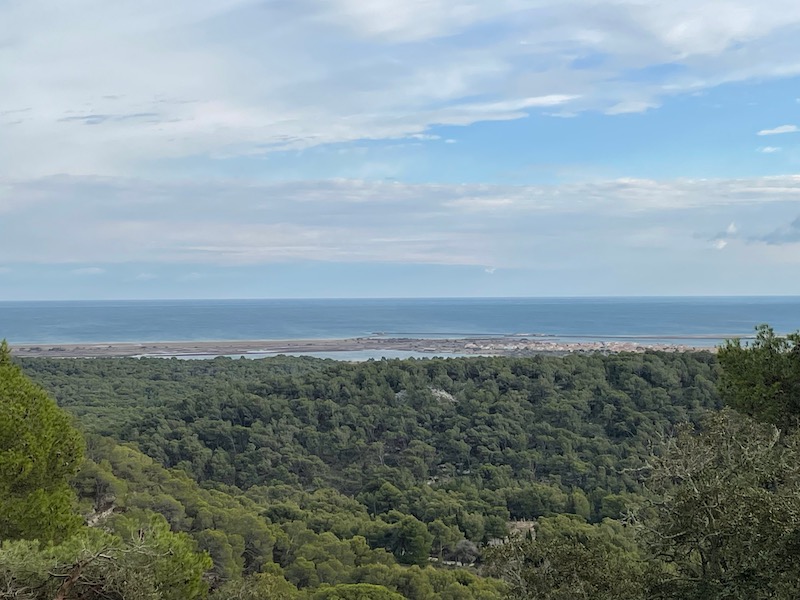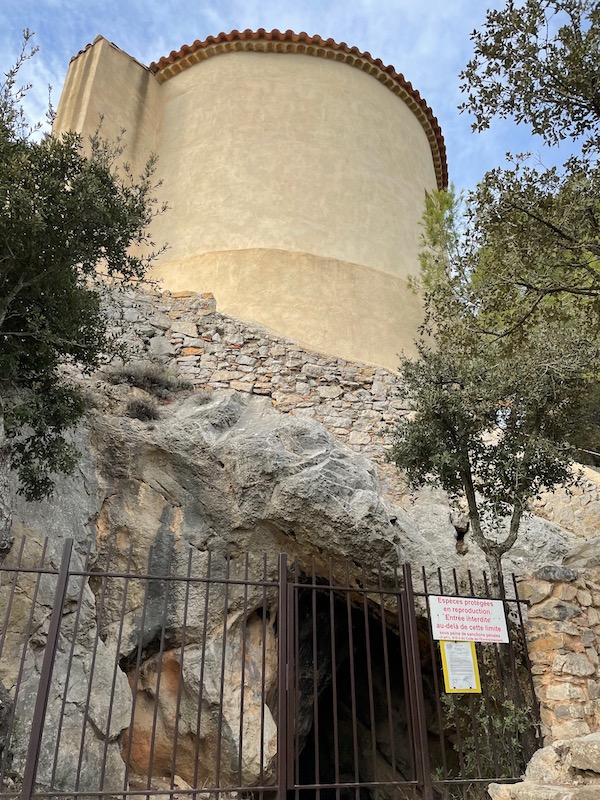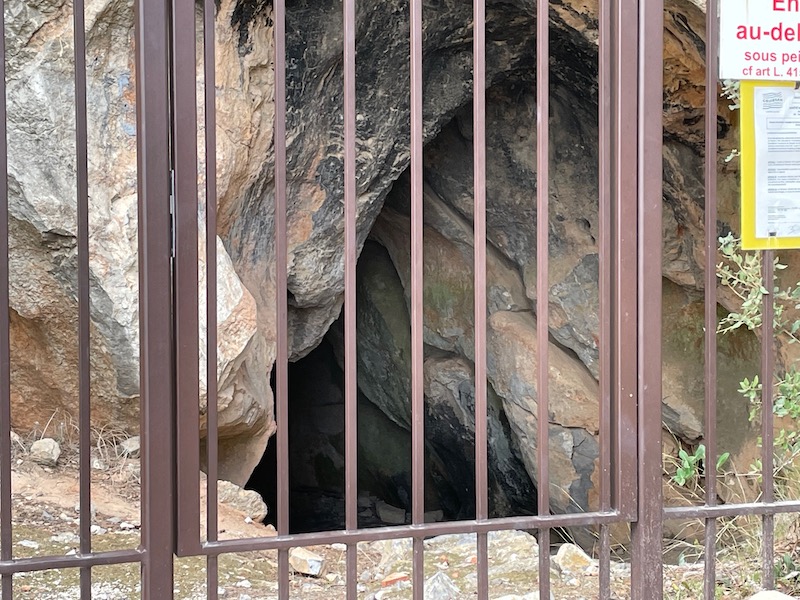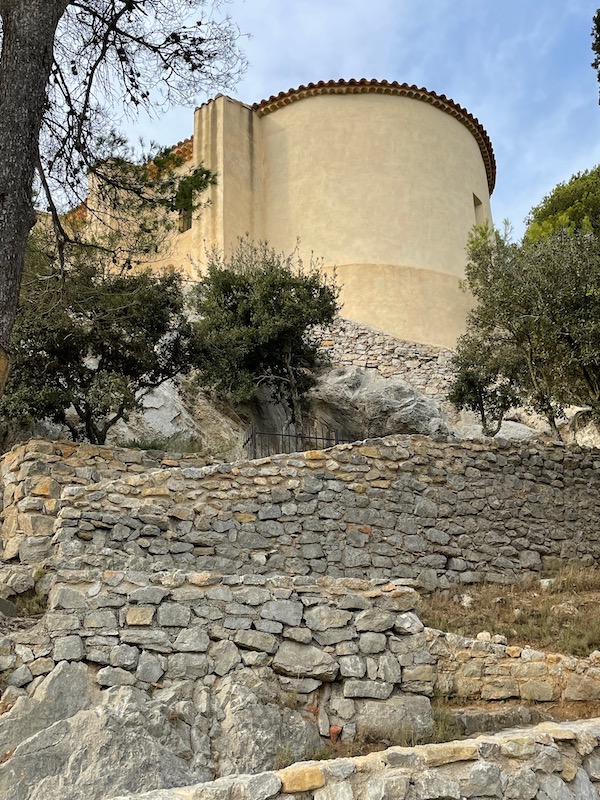Our Blog - where we went
We have a friend who has a second home in the village of Gruissan and we've talked with him several times about it. We decided it was a good time for a quick trip to the Mediterranean and put Gruissan on the itinerary. Gruissan is known for a few things: the beach, a very small circular village, and salt ponds. I'll get to each of them :-)
The area has frequent high winds, and our beach day didn't disappoint! There is quite a bit of wind surfing that takes place there, including a yearly event in May called the "Défi Wind". In the picture, you can somewhat see the wind spraying the water from the waves backwards towards the ocean. I also attempted to get a video that showed the sand blowing across the beach, which I think shows it fairly well.
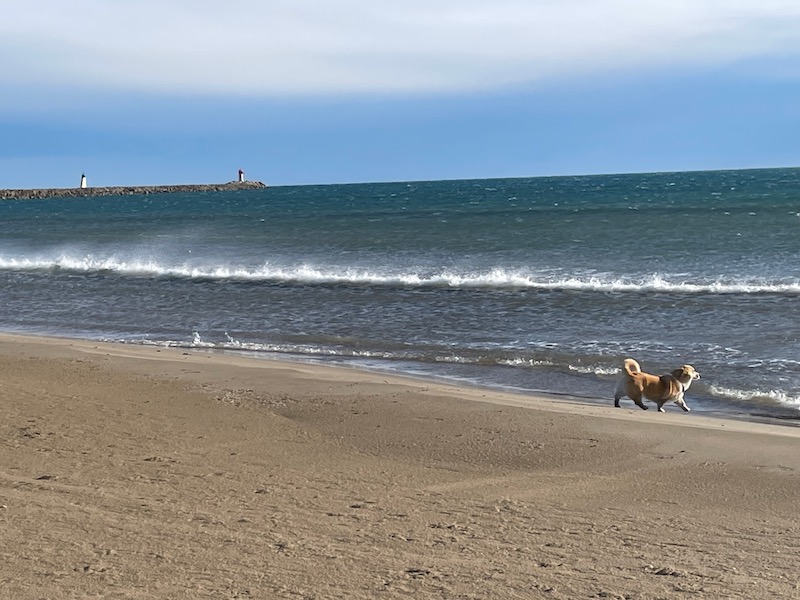
More wind-pictures ... as the wind blows across the beach, it leaves lots of interesting structures. These are actually quite small, made as little pieces of broken shells shelter the sand behind them.
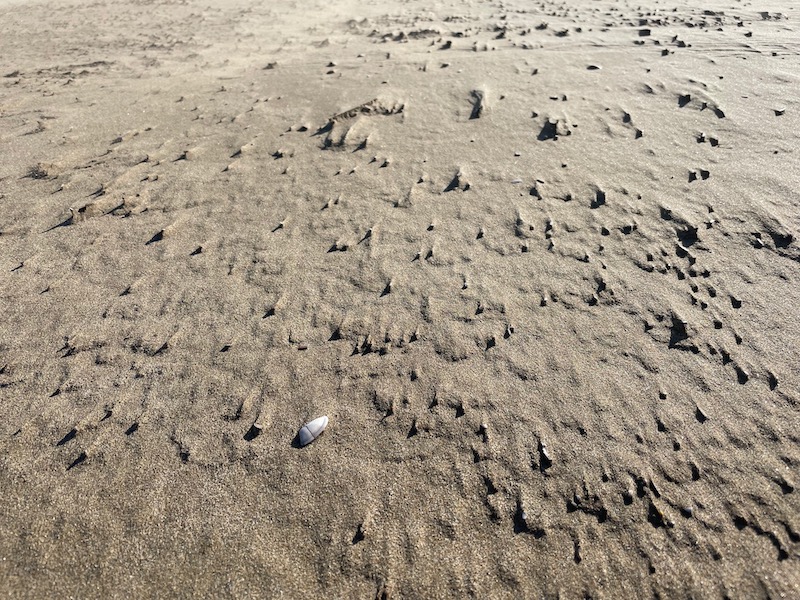
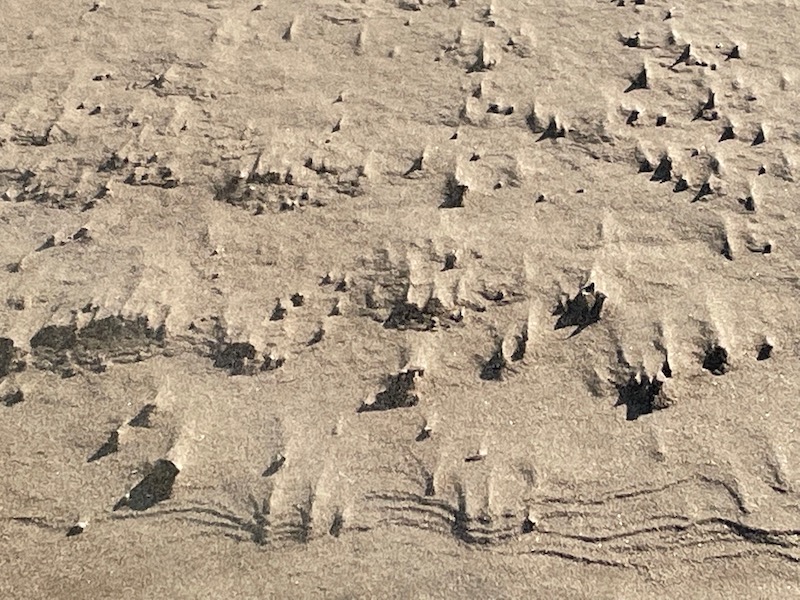
Here you can see the beach with the Clape Massif, a huge natural area with large limestone plateaus and cliffs.
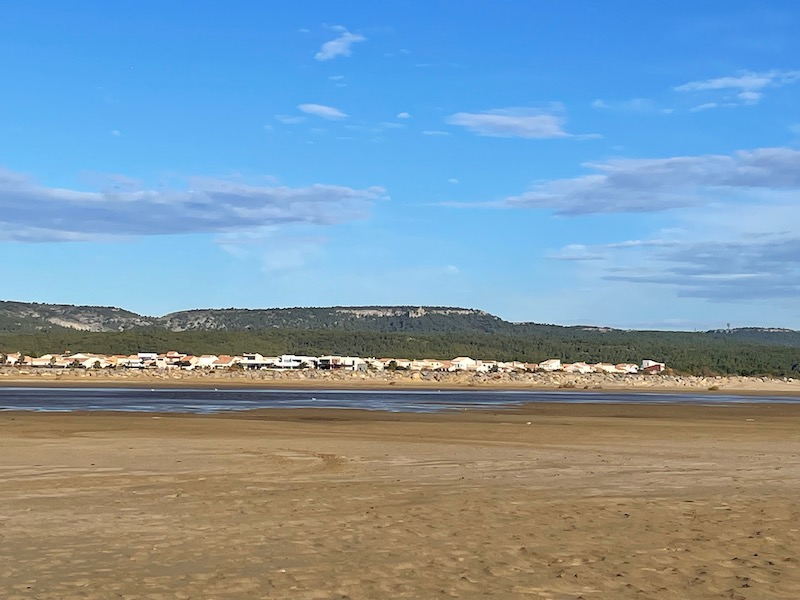
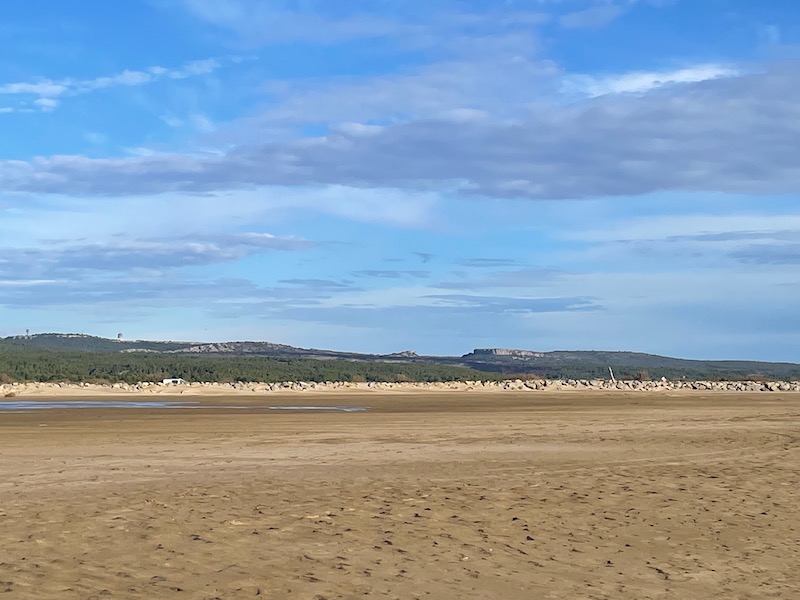
Lucy has become quite a fanatic about playing with the ball, and I finally was semi-successful in showing how excited she is.
There was a sign saying that puppies were not allowed (one of the cuter non-puppy signs) but we also read that dogs were only not allowed during the vacation-months (so May - September). Lucy didn't seem too concerned.
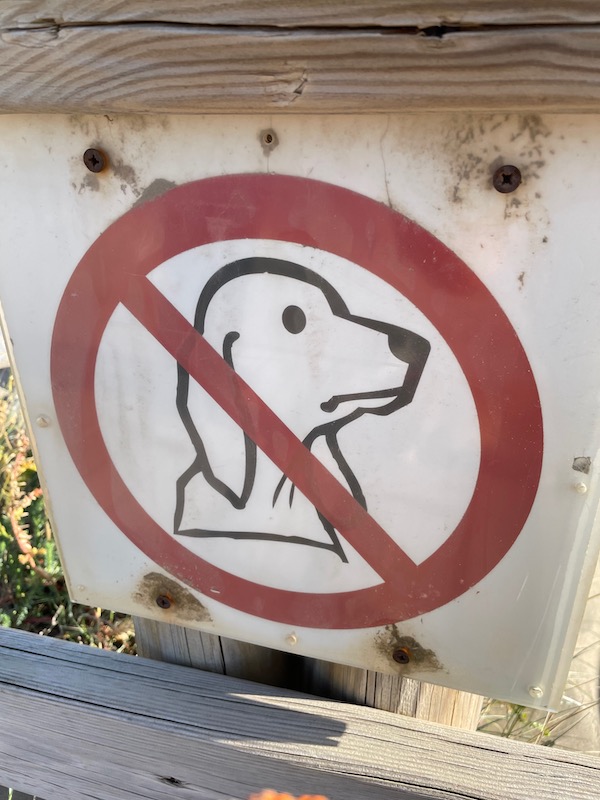
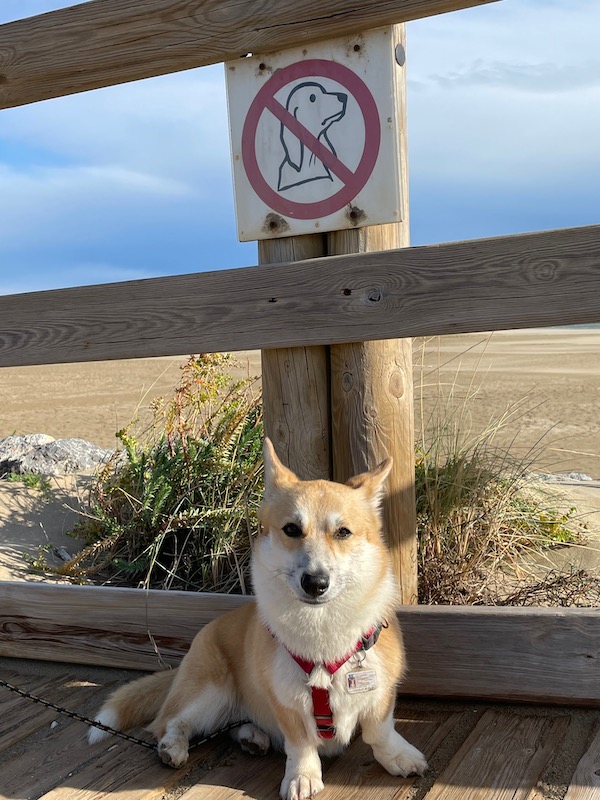
The village itself is made up of alleys circulating around a large block of limestone on which are the remains of an old castle, the Barbarossa tower. The first official mention of the castle of Gruissan appears in 1084. During the 11th and 12th centuries, the castle protected the local population against many pirate raids. The castle underwent several changes and reinforcements, and participated in several bloody struggles from the 13th century through the 16th century. The castle and village were devastated by these clashes, and the castle was abandoned in the 17th century. The 13th century Barbarossa tower still remains at the top.
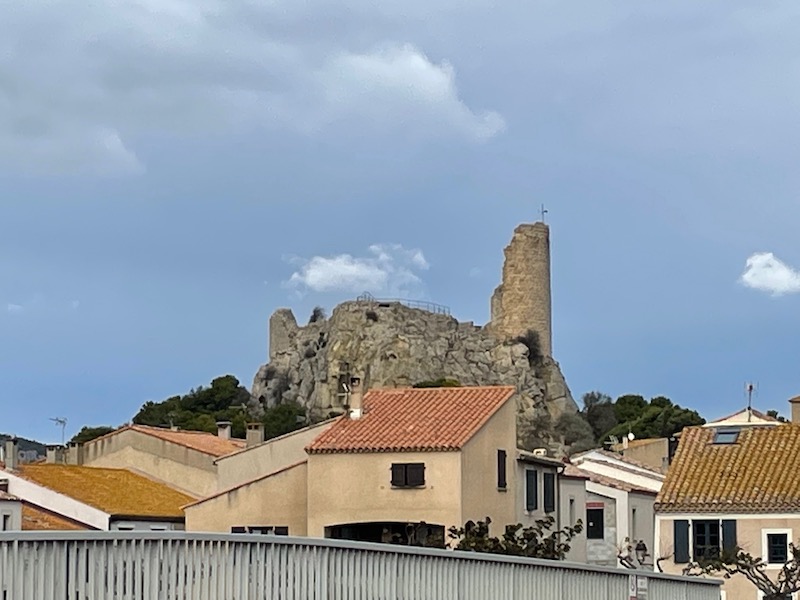
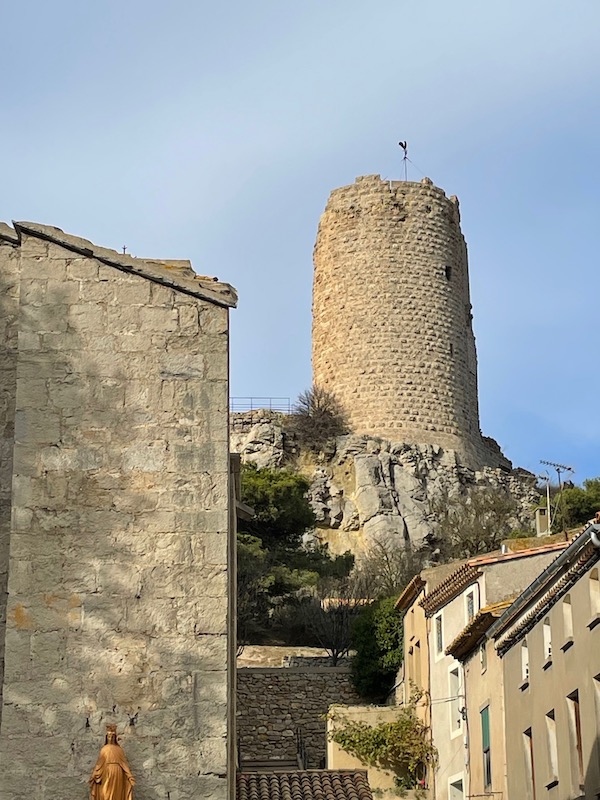
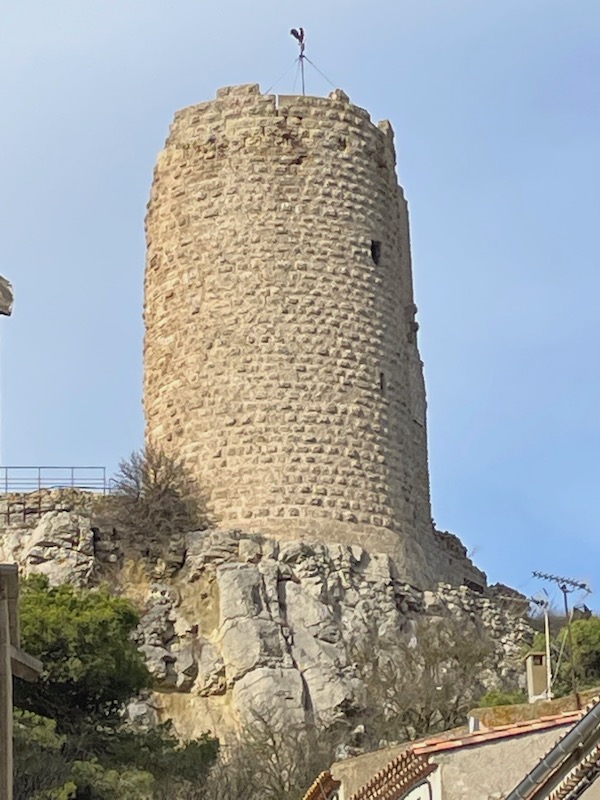
The parish church of Notre-Dame-de-l'Assomption was built in the 13th century. It is located at the foot of the Barbarossa tower and is one of the oldest buildings in the village. The architectural style is similar to that of other churches in the Languedoc region: vaulted chancel, exposed framework of arches in the nave, structured in the shape of a small fishing boat that has been turned upside-down. The windows are narrow, which is typical of a fortified church.
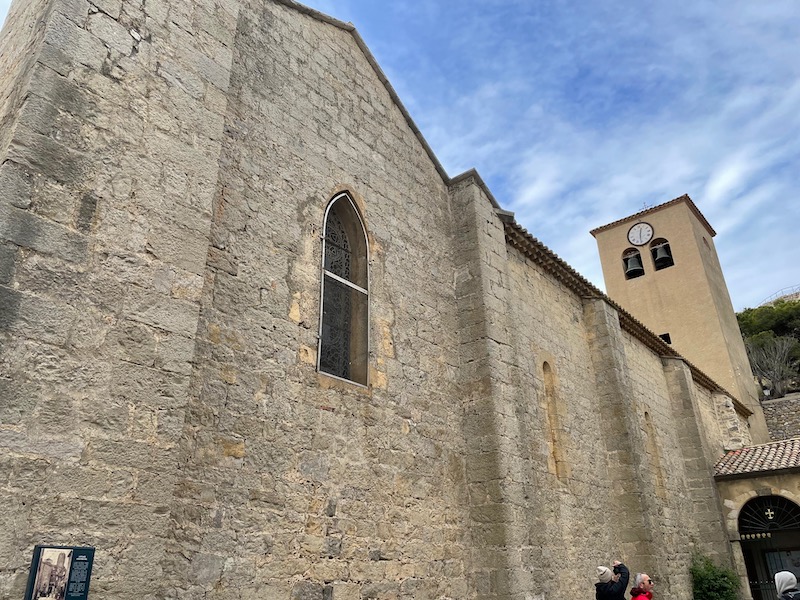
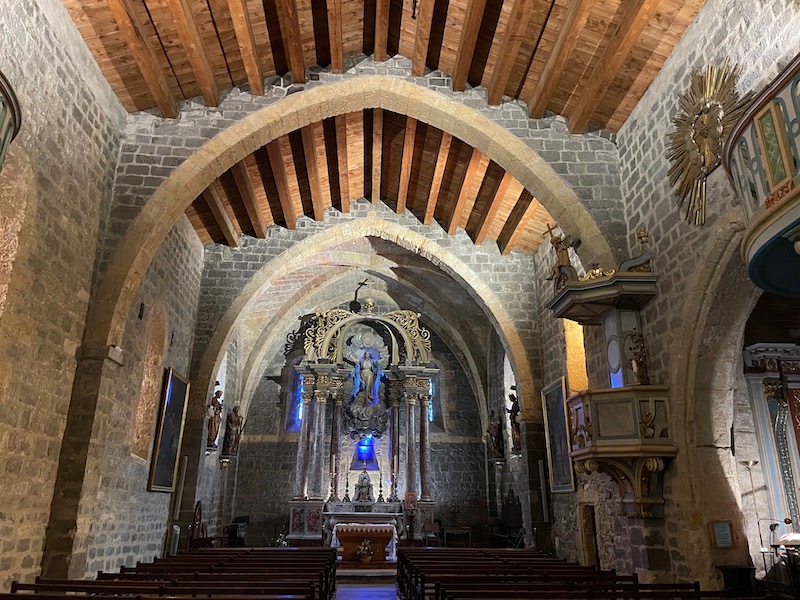
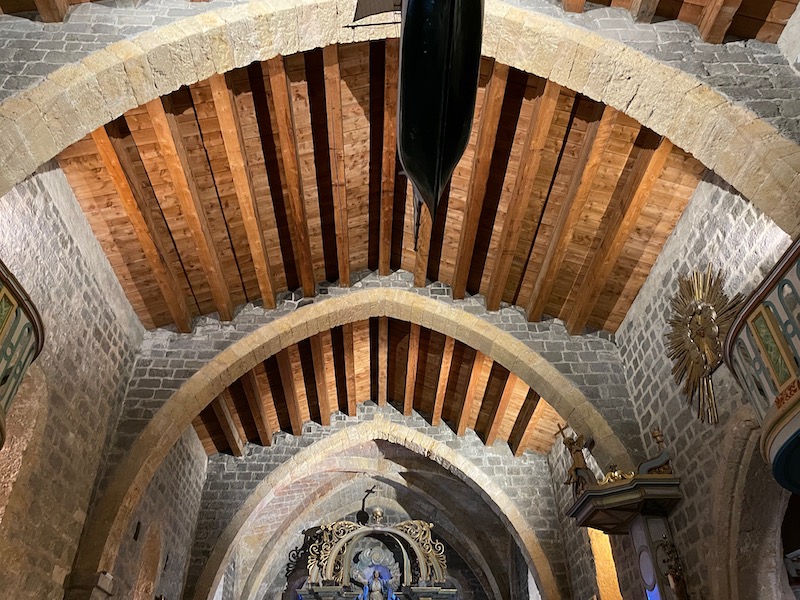
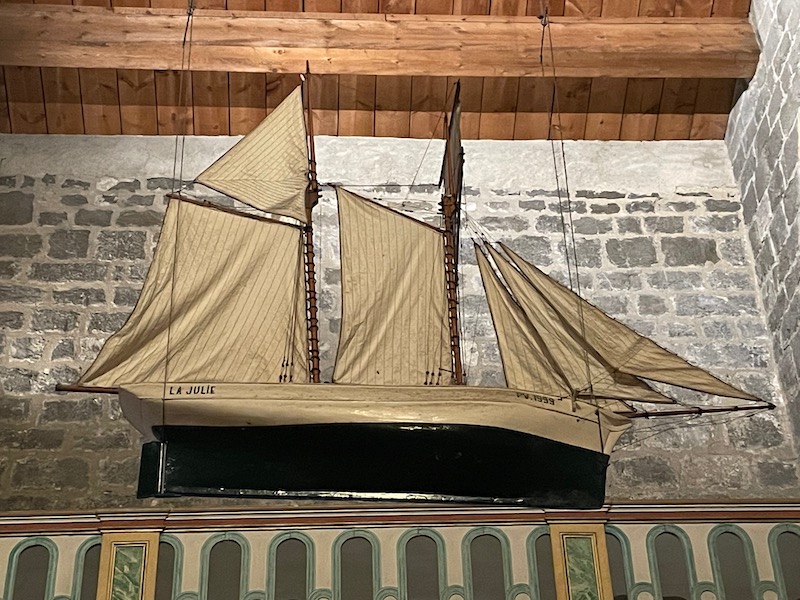
Then looking backwards, with a interesting baptismal alcove. Behind the baptismal font is a statue of John the Baptist baptizing Jesus in the Jordan River.
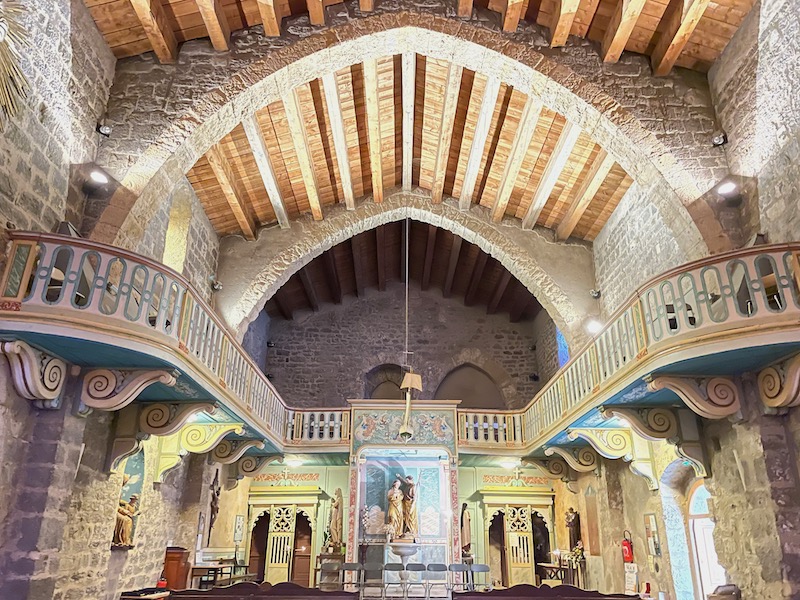
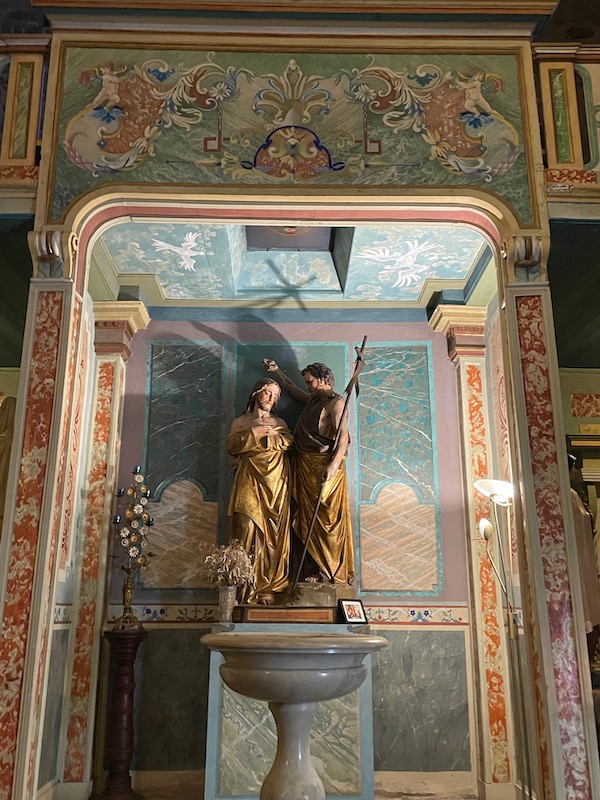
The high altar is topped with a canopy made up of 6 pink marble Caunes-Minervois columns. The canopy is so tall that it almost reaches the vaults, which had to be raised for the installation in 1787. The polychrome wooden statue representing the Assumption of Mary was added after the French Revolution.
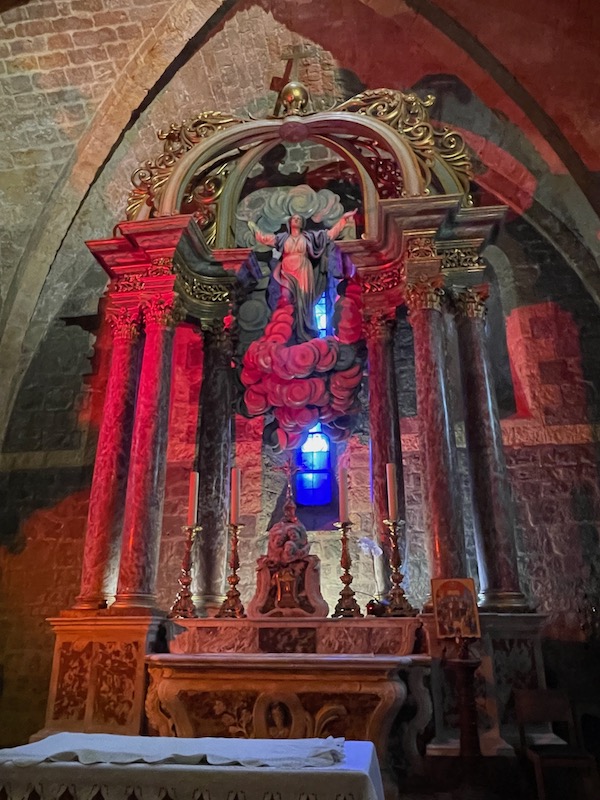
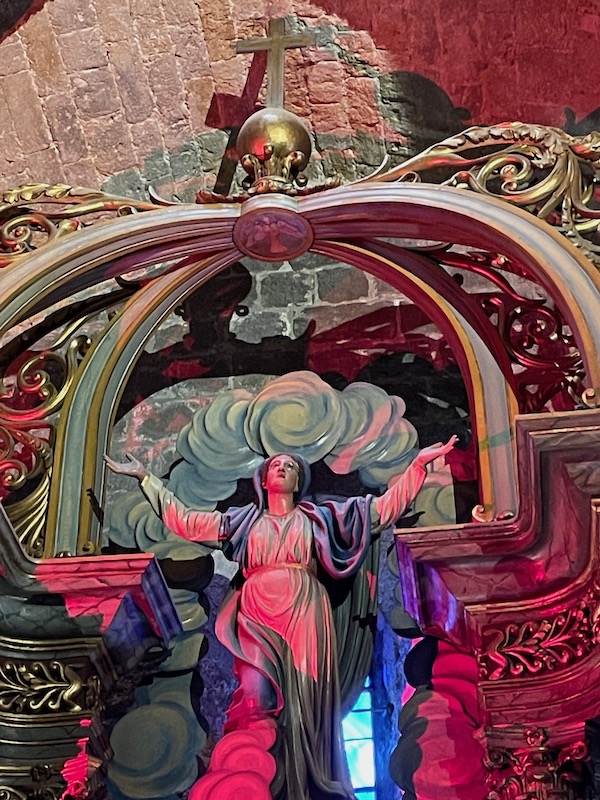
The chapel, dedicated to the Virgin, was created in the middle of the 19th century on the site of the old entrance porch of the church. It houses three wooden statues: in the center, a Madonna and Child, surrounded on her right by Saint Joseph and on her left by Saint Dominic. It also has some interesting paintings on the side walls.
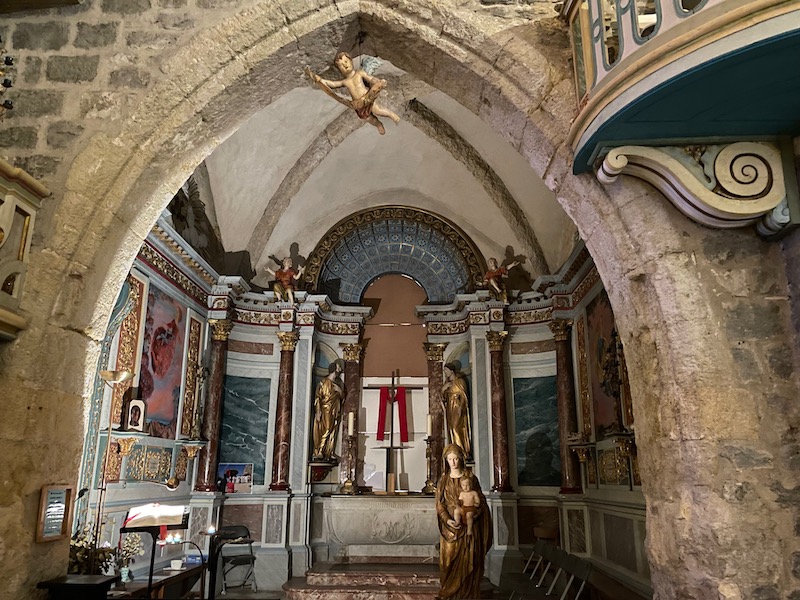
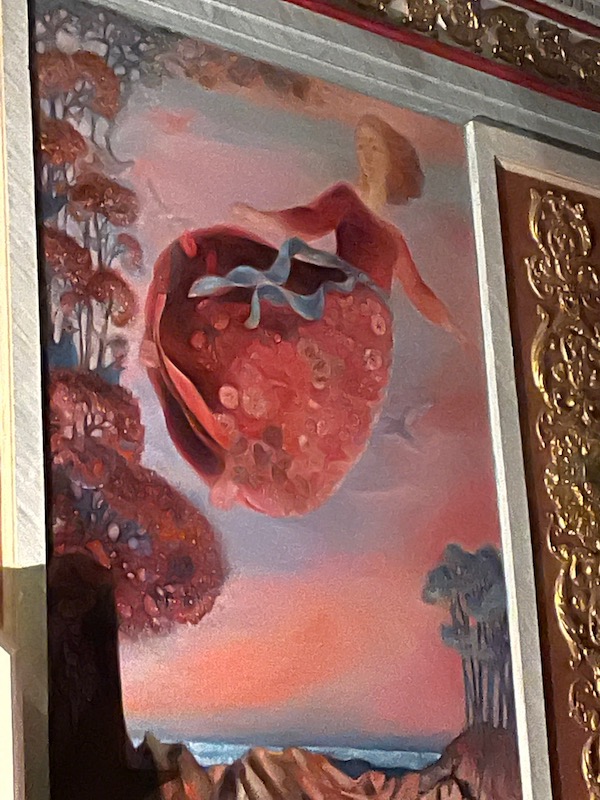
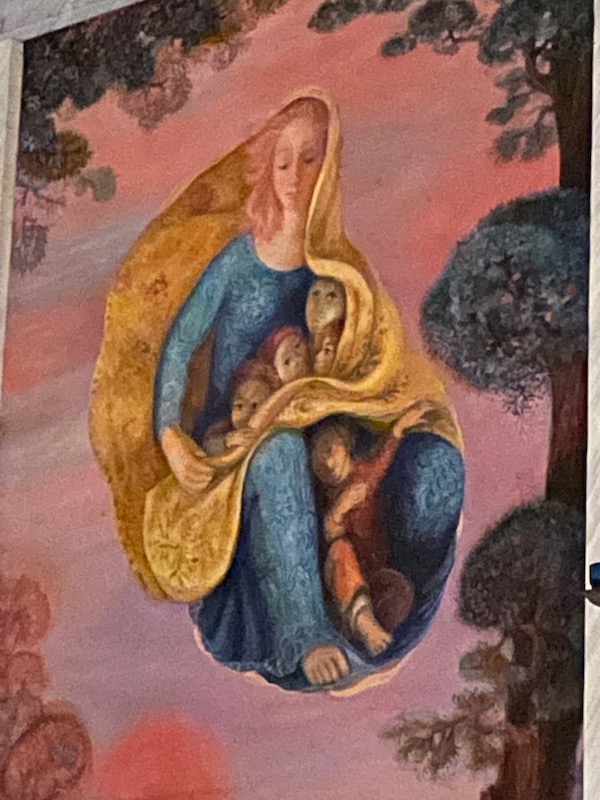
The salt flats of Île Saint Martin have a very interesting pink/red color! Since Antiquity, Gruissan has already been exploiting its salt production, making the salt trade very important during Roman times. The basins are filled with sea water in the spring, it evaporates in the summer, and then the salt is collected in the fall. The pink-red color comes from a type of algae which grows in salty environments. There is a museum there which goes over the history of salt cultivation and the close connection with the wine-growing environment in the area. They also do guided tours within the salt flats but they stopped a week before we went (we knew that in advance). We are planning another trip to the area in the late Spring, and will pick up the tour then. The boutique there was really nice, and I was able to buy multiple different "flavors" of salt that I plan to use at one of our dinner parties as a little game .... name the "flavor". There is also a restaurant there, also not open all of the time during the off-season, but we were able to eat some fresh oysters there.
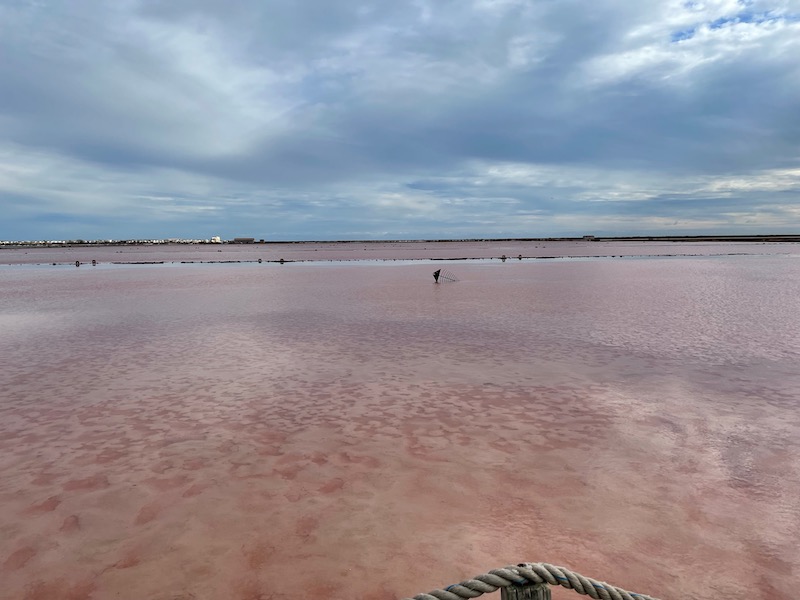
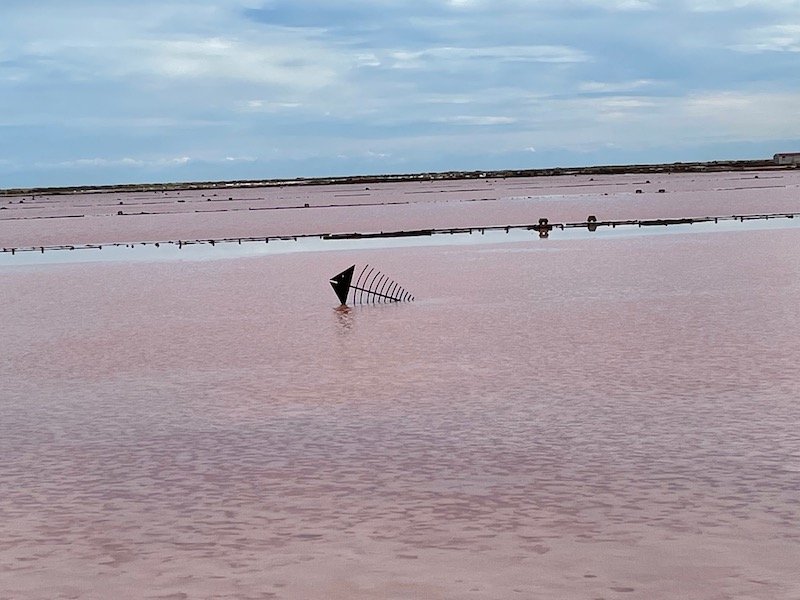
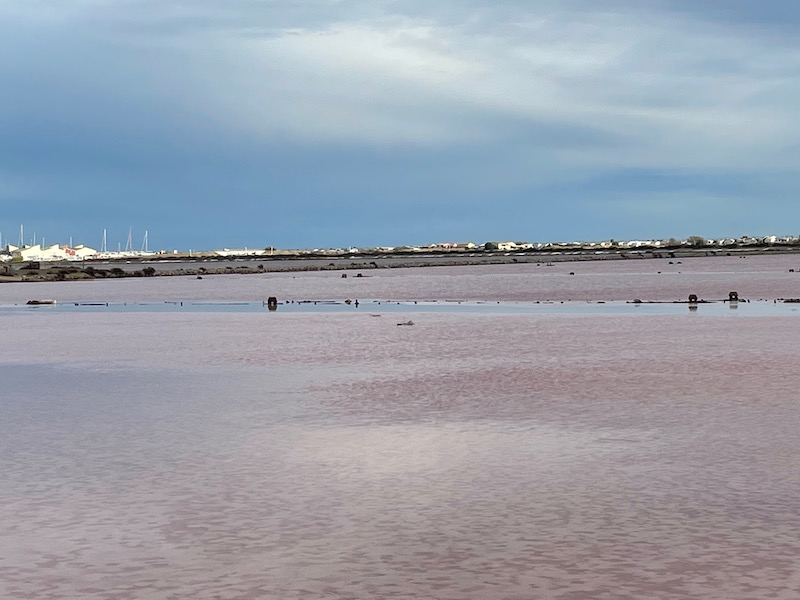
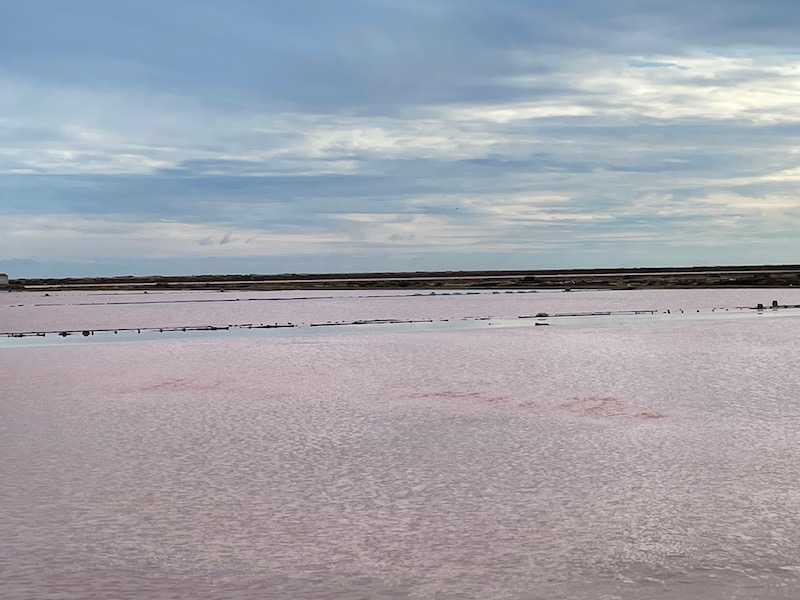
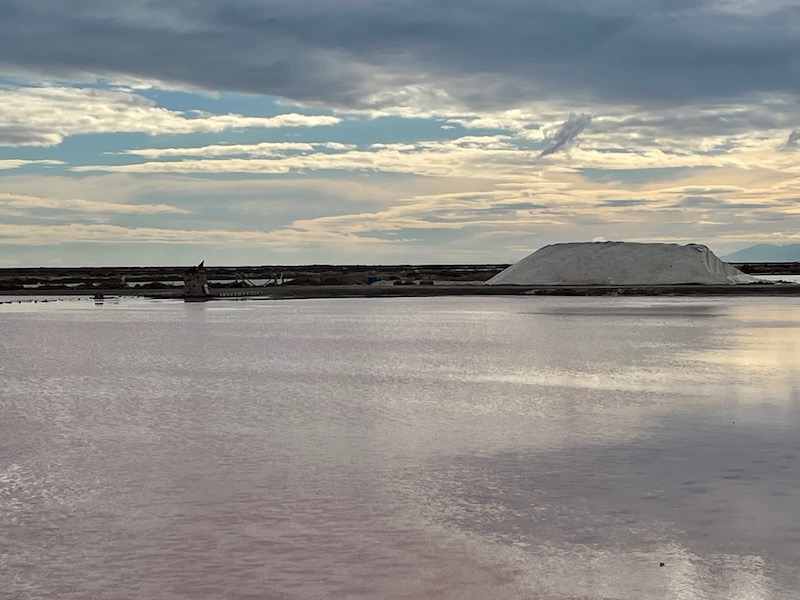
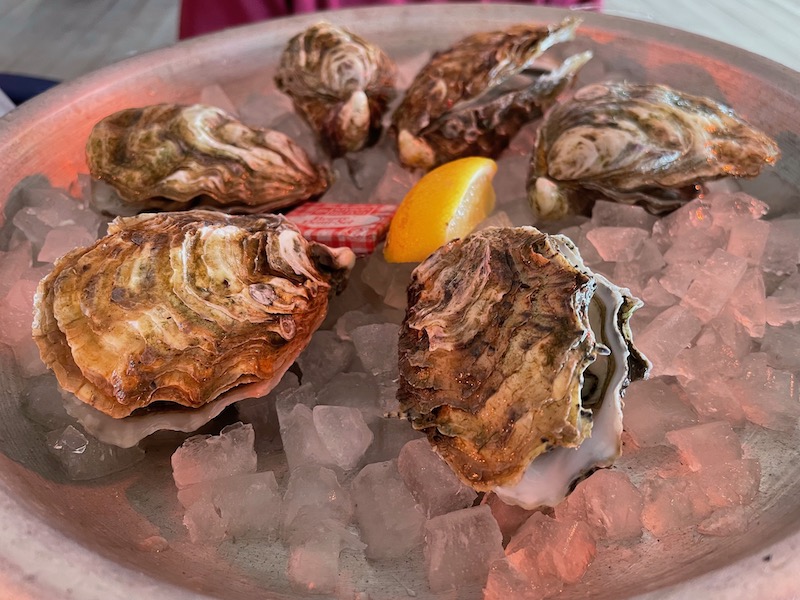
Notre-Dame des Auzils Chapel is a chapel perched on a rock overlooking the Clape Massif, with a really nice view of the sea. It was built in 1080 by monks to accommodate travelers crossing the massif. The choir of the church was built on the rock of the Saint-Salvaire cave. We hiked all the way to the top but it was closed.
